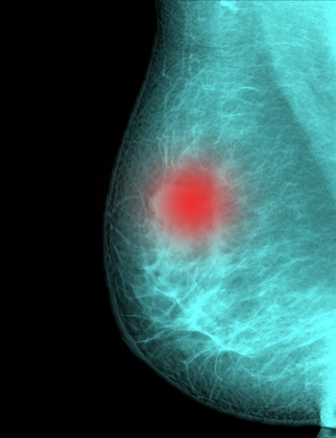General Surgery Coding Alert
Pinpoint POS Codes with This Quick Guide
Question: I have heard that MACs are paying close attention to our place of service (POS) codes due to an OIG report showing that incorrect POS has cost the government millions of dollars. My billing personnel have been using only a few codes until now, and would appreciate some easy guidance to help them ensure they’re correctly reporting POS — can you help?
Utah Subscriber
Answer: You are correct, the OIG did identify that MACs wasted a lot of money ($33.4 million) for incorrectly coded services that took place between Jan. 2010 and Sept. 2012. However, the good news is the agency didn’t necessarily think that doctors made the mistakes to knowingly defraud the government. Apparently, billing personnel’s ignorance, data entry errors, and software system problems were the cause of some of the issues.
If you think you might be at risk of making place of service (POS) errors like the OIG found in its recent audit, keep the following list close at hand so you know exactly which codes apply to each location.
You can find the complete listing of POS codes at the CMS website: https://www.cms.gov/Medicare/Coding/place-of-service-codes/Place_of_Service_Code_Set.html .
However, be careful to note which POS codes CMS considers Non-Facility (i.e., Freestanding) versus Facility. POS 20 is for Urgent Care Facilities and POS 15 is for Mobile Units, but both of these classifications are for non-facility circumstances. If you have provider-based mobile units or a provider-based urgent care clinic, then use POS 22 for Hospital Outpatient. Note that the use of POS 22 for On-Campus Outpatient and POS 19 for Off-Campus Outpatient is the way CMS has decided to implement their new data gathering for off-campus clinics.
Related Articles
General Surgery Coding Alert
- ICD-10:
Perfect Your ICD-10 Claims With These 3 Tips
Hint: Don’t rely on GEMs. Maybe you’re still struggling with your transition to ICD-10, even [...] - Medicare Physician Fee Schedule:
Get These Updates to Global Surgical Package and Incident-To Billing
Fees and compliance issues lead surgeons’ concerns. First, the good news — baseline Medicare payments [...] - HIPAA Compliance:
Get Ahead of Notification Curve for PHI Breach
Avoid stiff penalties that could hurt your practice. With fines ranging from $100 to [...] - Reader Question:
Fulfill Critical Care Criteria to Use Codes
Question:One of the surgeons in our practice thinks that when he rounds on a patient [...] - Reader Question:
Pinpoint POS Codes with This Quick Guide
Question: I have heard that MACs are paying close attention to our place of service (POS) [...] - Reader Question:
Select Modifier for Incomplete ERCP
Question: During an ERCP procedure, the surgeon made numerous failed attempts with the catheter tip and [...] - You Be the Coder:
Earn $139 With Accurate Lesion Measure
Question: One of our surgeons reports malignant lesion excision by stating the dimension of the excised [...]




